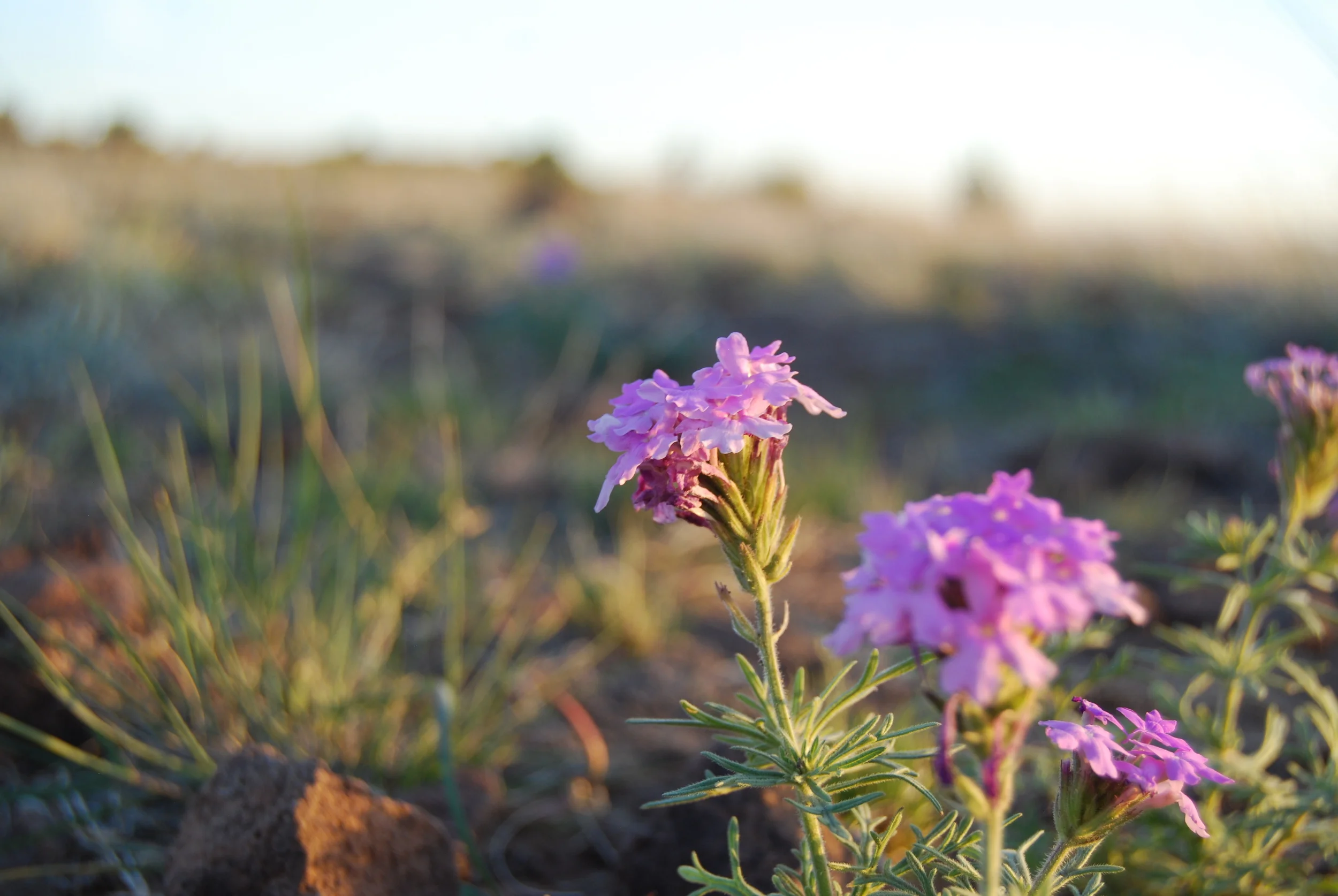
Perhaps this should be called the Miscellaneous page....
Minerals are not equivalent to rocks. A rock is either an aggregate of one or more minerals, or not composed of minerals at all.[27] Rocks like limestone or quartzite are composed primarily of one mineral—calcite or aragonite in the case of limestone, and quartz in the latter case.[28][29] Other rocks can be defined by relative abundances of key (essential) minerals; a granite is defined by proportions of quartz, alkali feldspar, and plagioclase feldspar.[30] The other minerals in the rock are termed accessory, and do not greatly affect the bulk composition of the rock. Rocks can also be composed entirely of non-mineral material; coal is a sedimentary rock composed primarily of organically derived carbon.[27][31]
In rocks, some mineral species and groups are much more abundant than others; these are termed the rock-forming minerals. The major examples of these are quartz, the feldspars, the micas, the amphiboles, the pyroxenes, the olivines, and calcite; except the last one, all of the minerals are silicates.[32] Overall, around 150 minerals are considered particularly important, whether in terms of their abundance or aesthetic value in terms of collecting.[33]
Commercially valuable minerals and rocks are referred to as industrial minerals. For example, muscovite, a white mica, can be used for windows (sometimes referred to as isinglass), as a filler, or as an insulator.[34] Ores are minerals that have a high concentration of a certain element, typically a metal. Examples are cinnabar (HgS), an ore of mercury, sphalerite (ZnS), an ore of zinc, or cassiterite (SnO2), an ore of tin. Gems are minerals with an ornamental value, and are distinguished from non-gems by their beauty, durability, and usually, rarity. There are about 20 mineral species that qualify as gem minerals, which constitute about 35 of the most common gemstones. Gem minerals are often present in several varieties, and so one mineral can account for several different gemstones; for example, ruby and sapphire are both corundum, Al2O3.[35]
Wikipedia contributors. "Mineral." Wikipedia, The Free Encyclopedia. Wikipedia, The Free Encyclopedia, 2 Dec. 2015. Web. 10 Dec. 2015.
Flint is a hard, sedimentary cryptocrystalline form of the mineral quartz,[1][2] categorized as a variety of chert. It occurs chiefly as nodules and masses in sedimentary rocks, such as chalks and limestones.[3][4] Inside the nodule, flint is usually dark grey, black, green, white or brown in colour, and often has a glassy or waxy appearance. A thin layer on the outside of the nodules is usually different in colour, typically white and rough in texture. From a petrological point of view, "flint" refers specifically to the form of chert which occurs in chalk or marly limestone. Similarly, "common chert" (sometimes referred to simply as "chert") occurs in limestone.
Wikipedia contributors. "Flint." Wikipedia, The Free Encyclopedia. Wikipedia, The Free Encyclopedia, 21 Oct. 2015. Web. 10 Dec. 2015.
Malachite is a copper carbonate hydroxide mineral, with the formula Cu2CO3(OH)2. This opaque, green banded mineral crystallizes in the monoclinic crystal system, and most often forms botryoidal, fibrous, or stalagmitic masses, in fractures and spaces, deep underground, where the water table and hydrothermal fluids provide the means for chemical precipitation. Individual crystals are rare but do occur as slender to acicular prisms. Pseudomorphs after more tabular or blocky azurite crystals also occur.
Wikipedia contributors. "Malachite." Wikipedia, The Free Encyclopedia. Wikipedia, The Free Encyclopedia, 19 Nov. 2015. Web. 10 Dec. 2015.
Turquoise is an opaque, blue-to-green mineral that is a hydrated phosphate of copper and aluminium, with the chemical formula CuAl6(PO
4)4(OH)8·4H
2O. It is rare and valuable in finer grades and has been prized as a gem and ornamental stone for thousands of years owing to its unique hue. In recent times, turquoise, like most other opaque gems, has been devalued by the introduction of treatments, imitations, and synthetics onto the market.
The substance has been known by many names, but the word turquoise, which dates to the 17th century, is derived from the French turques for "Turks", because the mineral was first brought to Europe from Turkey, from mines in the historical Khorasan Province of Persia.[2][3][4][5] Pliny the Elder referred to the mineral as callais and the Aztecs knew it as chalchihuitl.
Wikipedia contributors. "Turquoise." Wikipedia, The Free Encyclopedia. Wikipedia, The Free Encyclopedia, 10 Dec. 2015. Web. 10 Dec. 2015.
